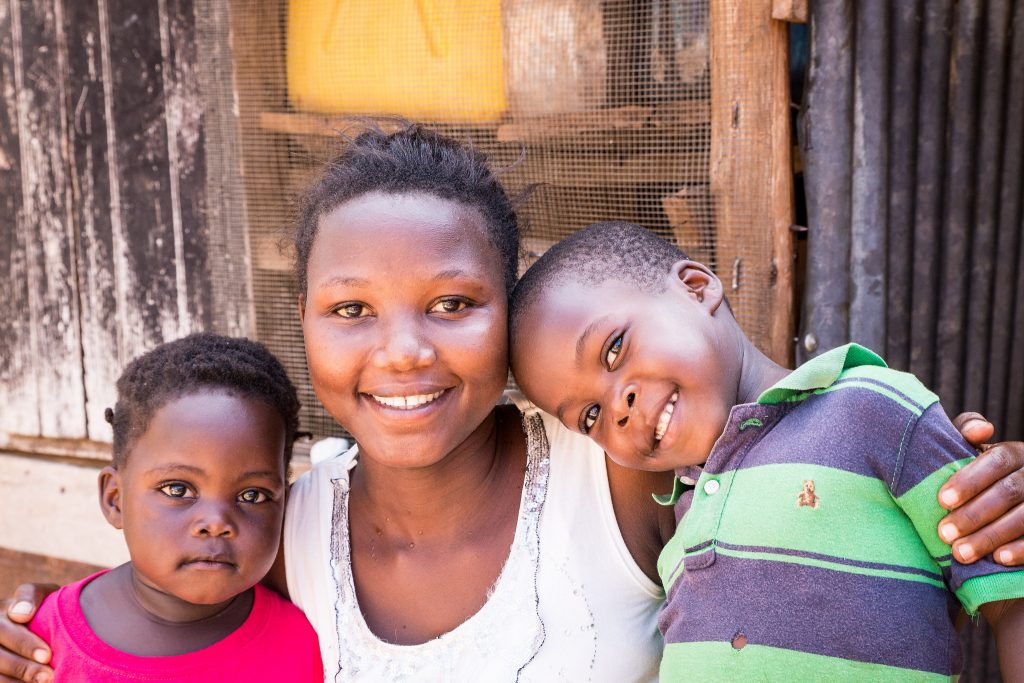Sixteen years ago, the 13th International AIDS Conference (IAS) convened in Durban, South Africa, to “break the silence” on the millions of preventable AIDS-related deaths occurring around the world. The summit was notable as it laid out the clear case that HIV causes AIDS, allowed people living with HIV/AIDS (PLWHA)’s voices to be heard, and paved the way for the dedication of global resources to end the epidemic. In 2016, IAS returned to Durban and to a world that has made significant strides in fighting the HIV/AIDS epidemic.
Since 2000, HIV infections have fallen by 35 percent, AIDS-related deaths have decreased by 28 percent, and over 7.8 million lives have been saved globally.[1] However, with less than half of all people living with HIV (PLWHA) worldwide on treatment and about two million new HIV infections occurring annually, much work remains to reach the global community’s goal of ending the AIDS epidemic by 2030.

A clear understanding of the complex, ever changing ARV market in LMICs is critical for all stakeholders in the HIV space. To this end, CHAI has been publishing an annual ARV market report for public consumption that is based on aggregated market intelligence from our programmatic work in over 30 countries. Today, we are proud to share that we have published the 7th Issue of the annual ARV Market Report.
Key highlights from this year’s market report include:
· Of the nearly 37 million PLWHA worldwide, 46 percent were on antiretroviral treatment (ART) in 2015. The growth in two million patients on ART in 2015 marked one of the largest annual increases ever.
· The overall LMIC ARV market expanded to nearly US$2 billion in 2015. As the number of patients on ART expanded, so did the ARV market even as regimens became more affordable.
· A significant proportion of patients were taking preferred regimens in 2015. More than 70 percent of adults on first-line treatment were on WHO preferred regimens, while 70 percent of children on pediatric formulations were on formulations deemed “optimal” by the Interagency Task Team (IATT).
· More countries are starting to provide universal access to ARVs for all HIV-positive patients, regardless of age or HIV biomarker levels. LMICs like Botswana, Cambodia, Lesotho, Kenya, Tanzania, and South Africa have all adopted “test and treat” policies.
· Differentiated models of care are reducing the burden of treatment for patients. Multi-month scripting and community ART groups, where patients take turns picking up medications from clinics, have shown great promise in various countries like Lesotho and Mozambique.
· Combination prevention strategies are now seeing adoption as a way to put an end to high infection rates. Guidelines for oral pre-exposure prophylaxis (PrEP), where members of high-risk populations take ARVs as a way to reduce the risk of becoming infected, are being considered for roll out in many countries, and South Africa has already
· Access to new generic drugs will provide clinical benefits to patients as well as allow for significant programmatic cost savings. Newer ARVs from generics, whether lower dosed versions of existing products, clinically superior regimens, or cost effective formulations, are all at various stages of reaching the LMIC market.
CHAI is excited and optimistic about the opportunities seen in the ARV market. With the generous support from the UK Department for International Development (DFID), UNITAID, and the Bill & Melinda Gates Foundation, CHAI will continue to ensure rapid access for patients to the best products at affordable and sustainable prices.
If you have any questions on the ARV market or would like to learn more about the space, please contact Vineet Prabhu – Senior Manager, Market Intelligence, HIV Access at the Clinton Health Access Initiative, Inc. (CHAI).
[1] http://www.who.int/mediacentre/factsheets/fs360/en/





